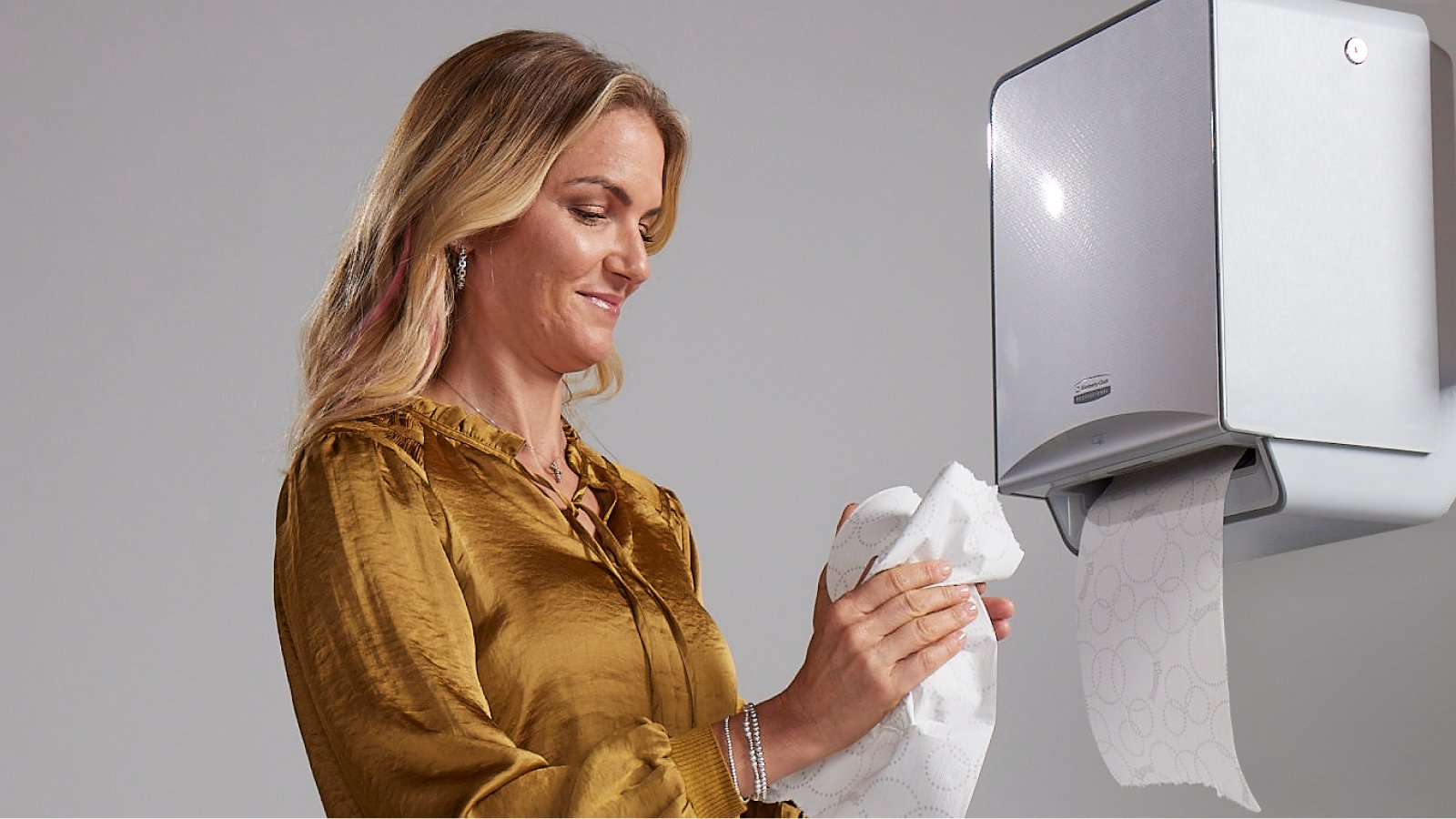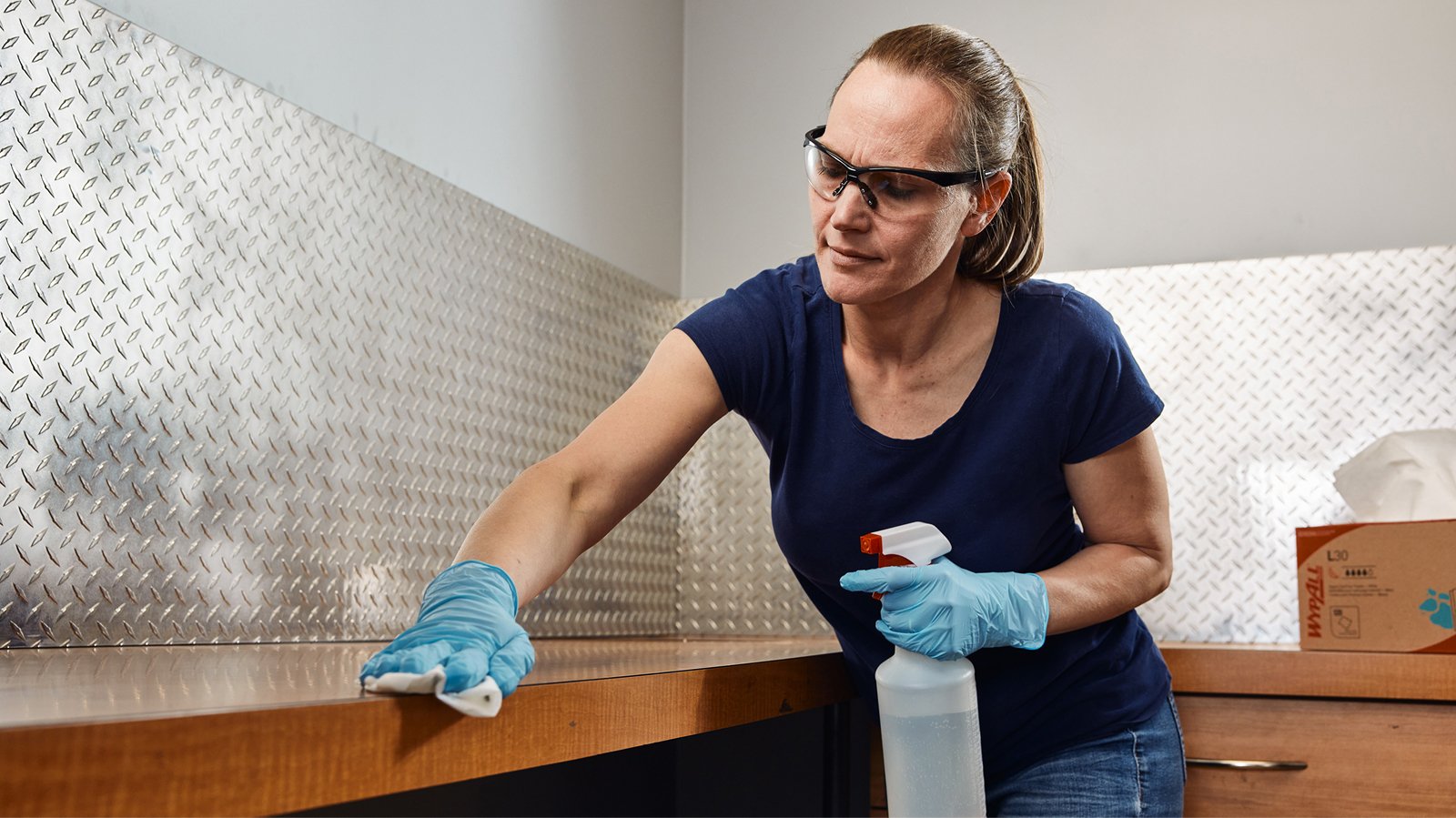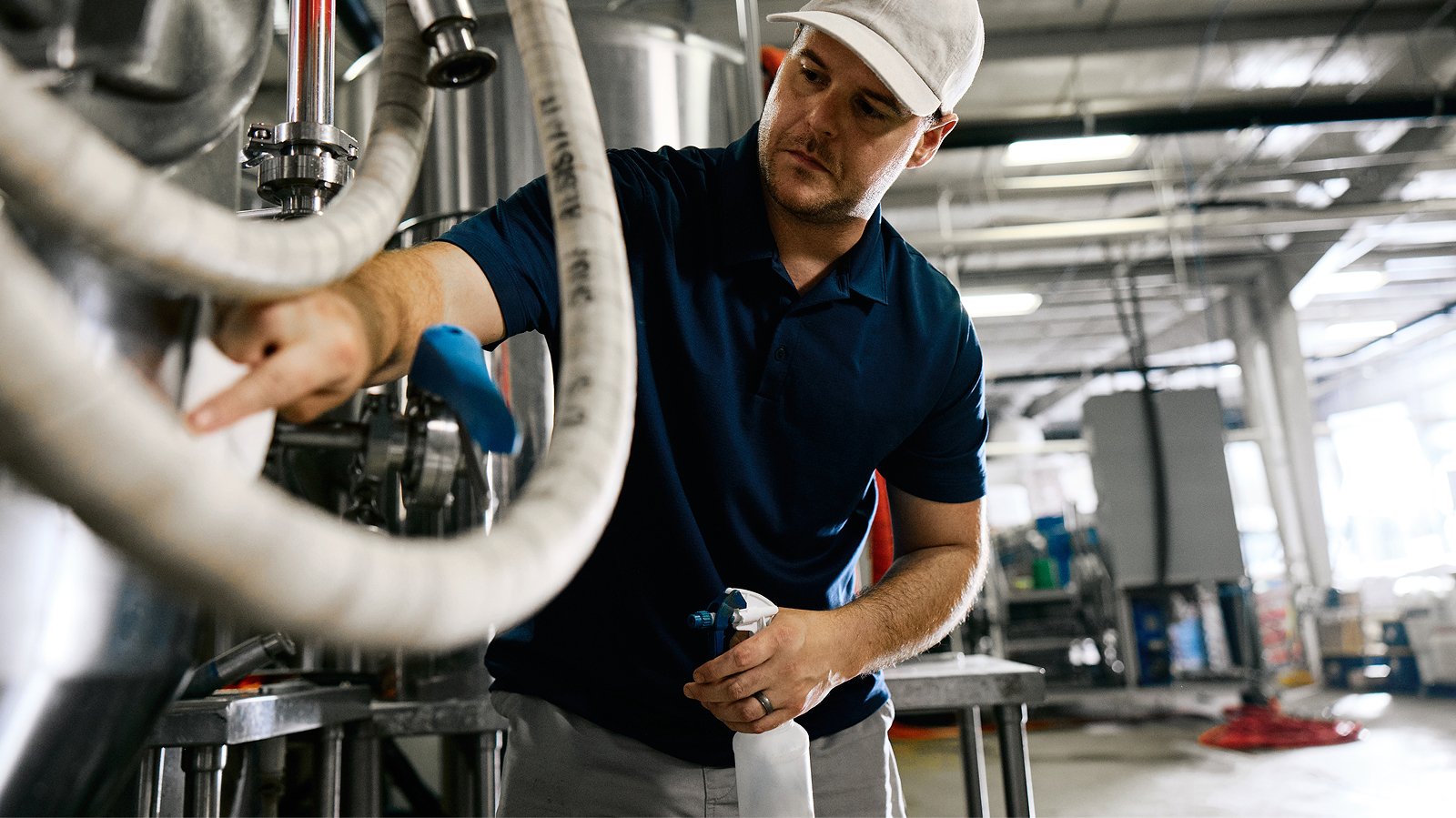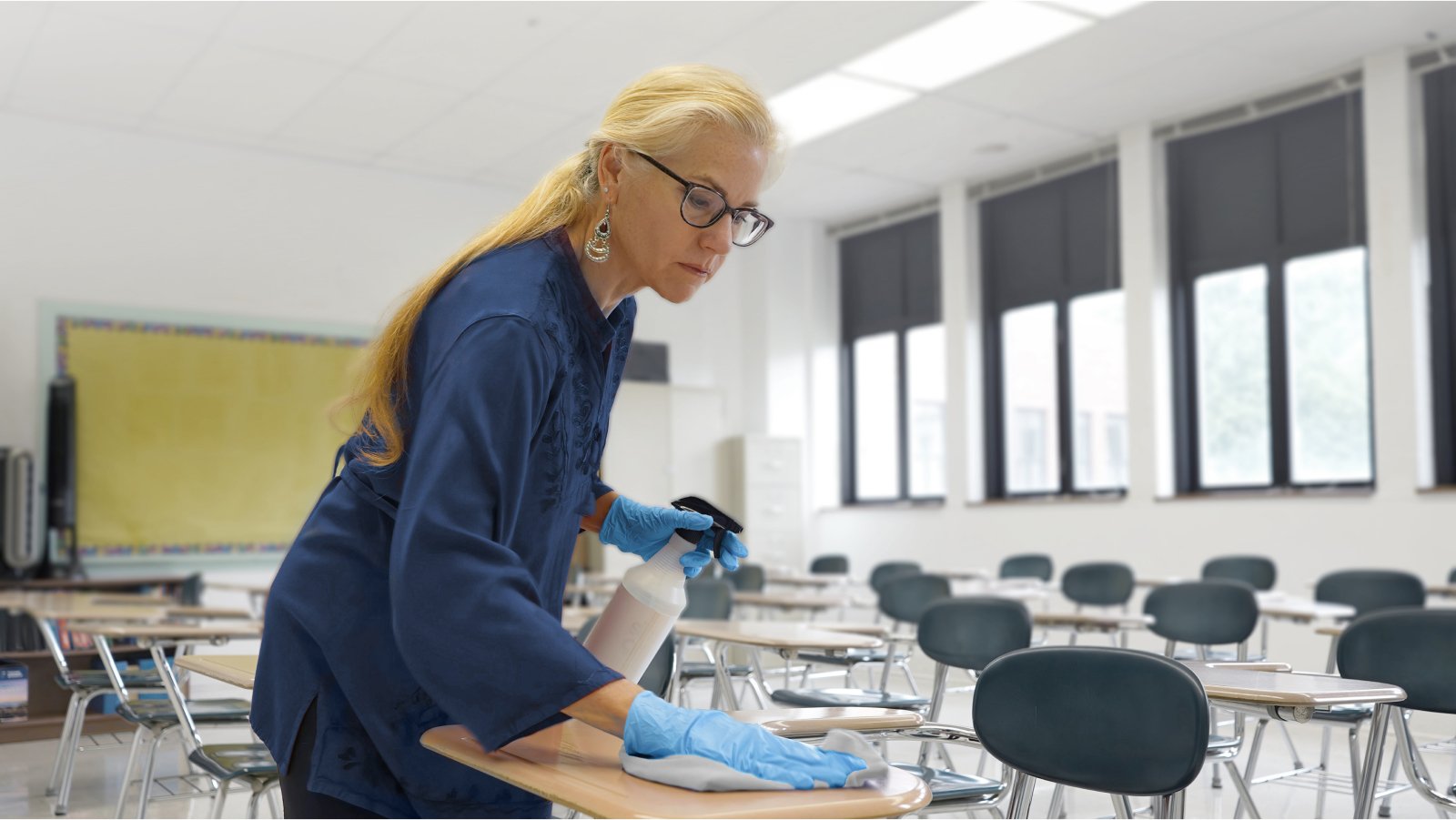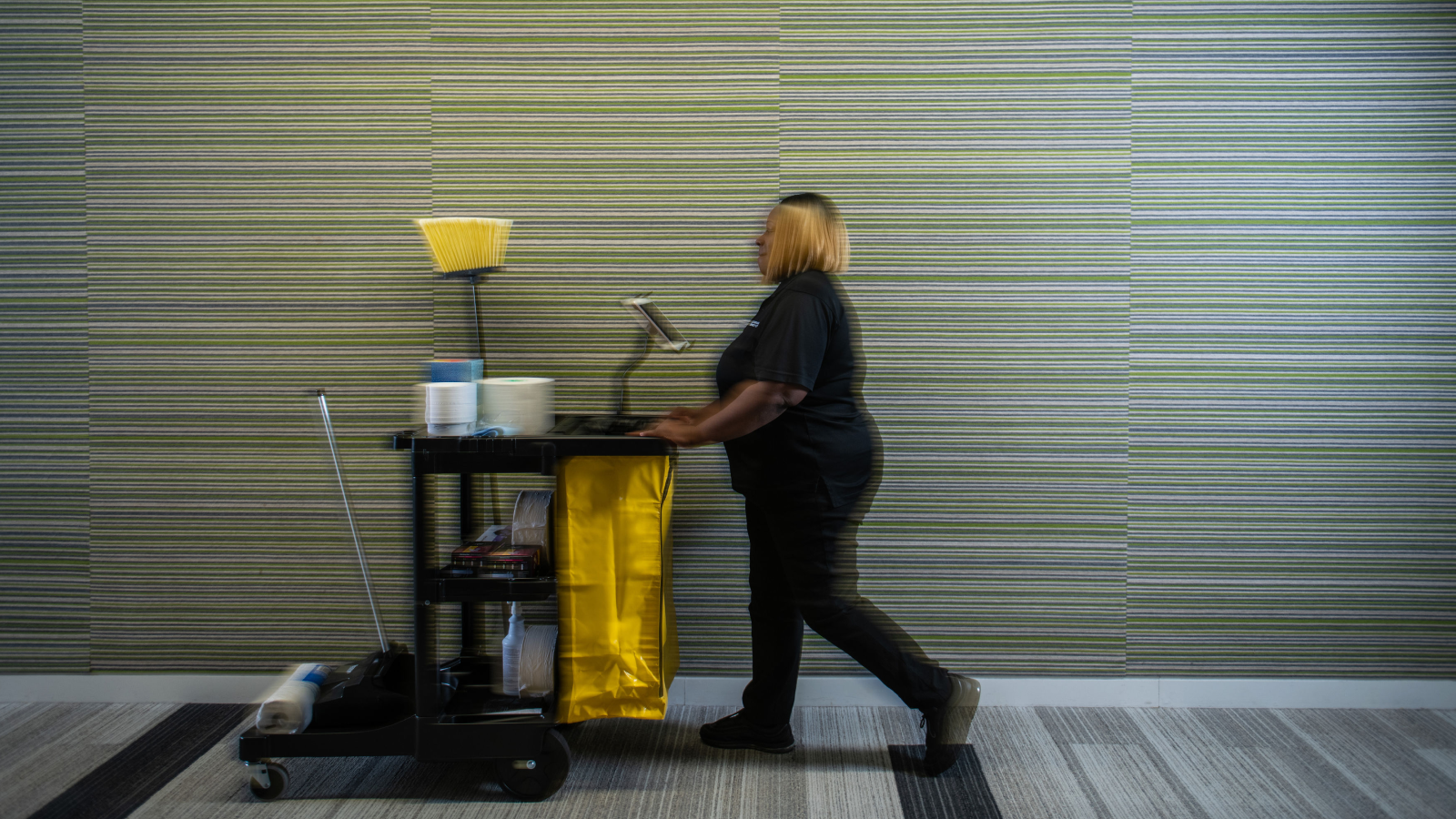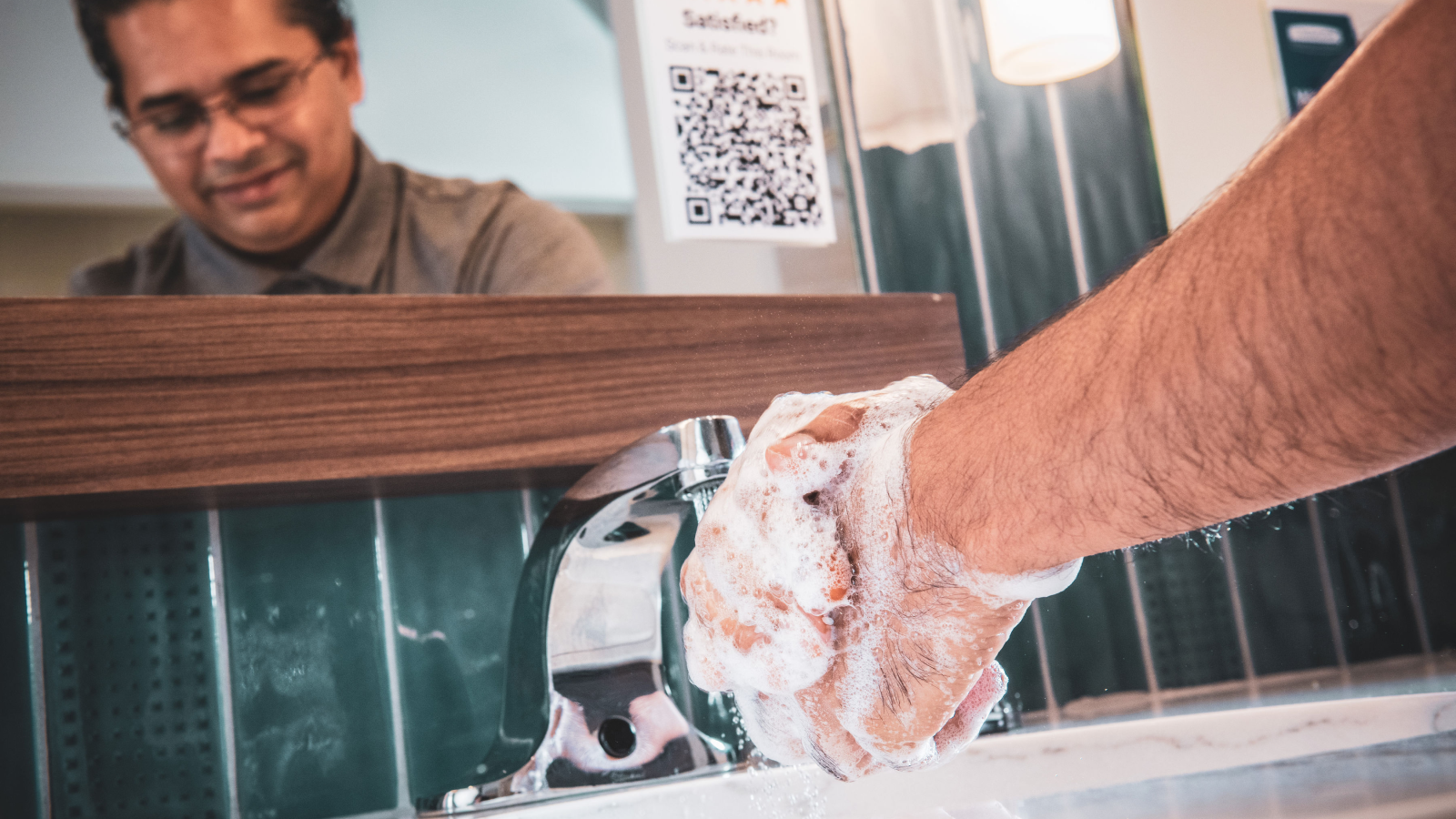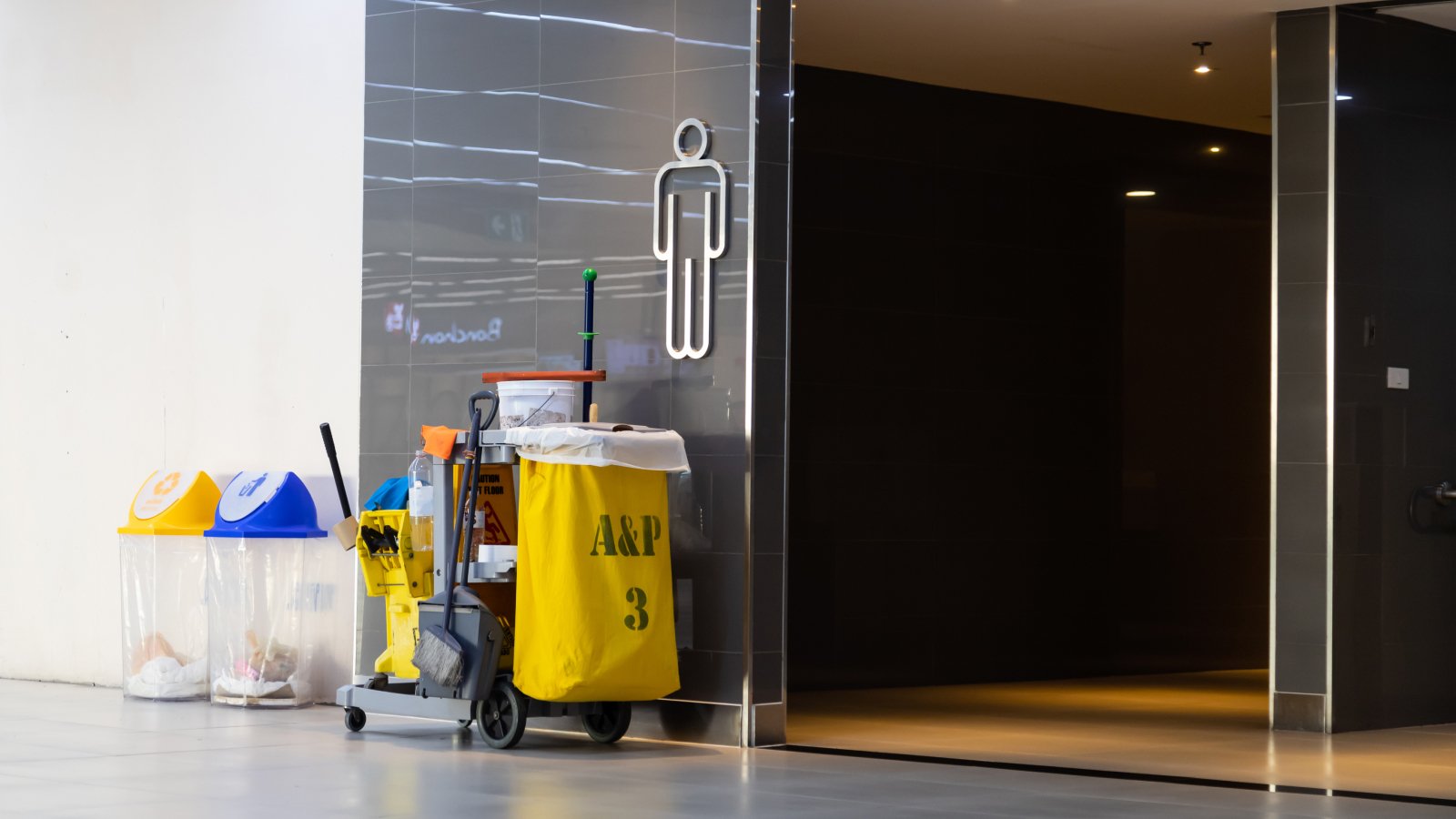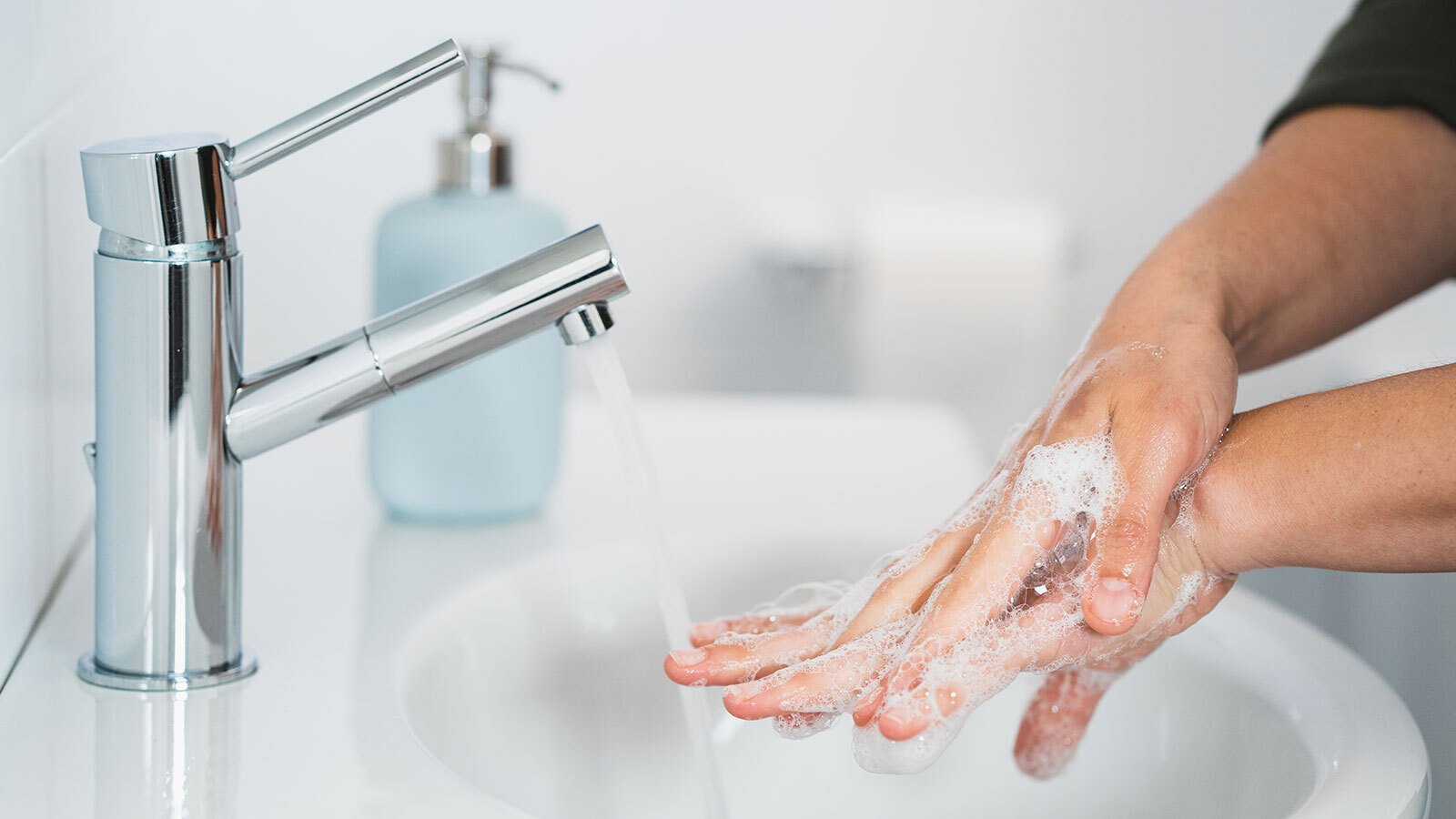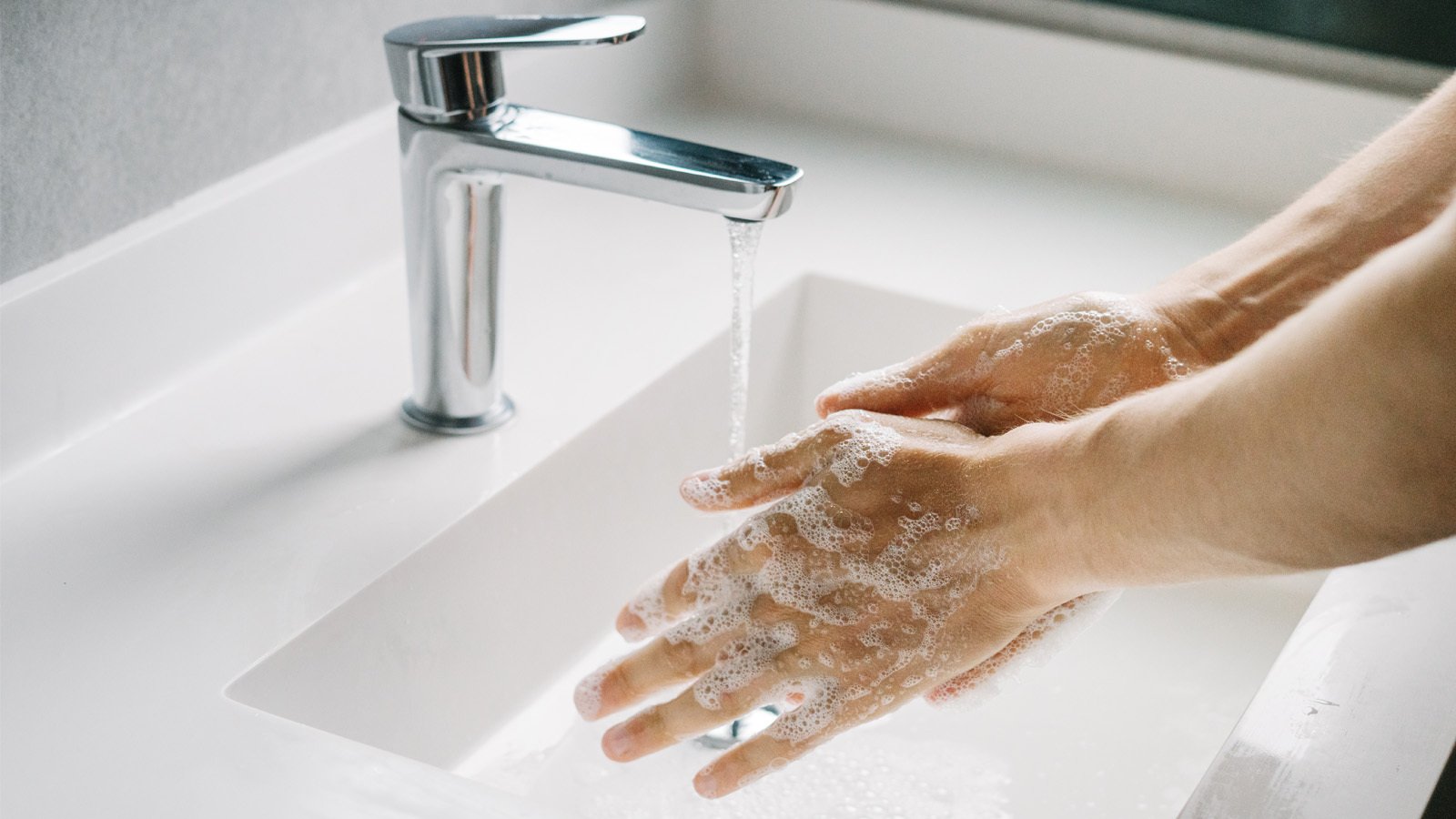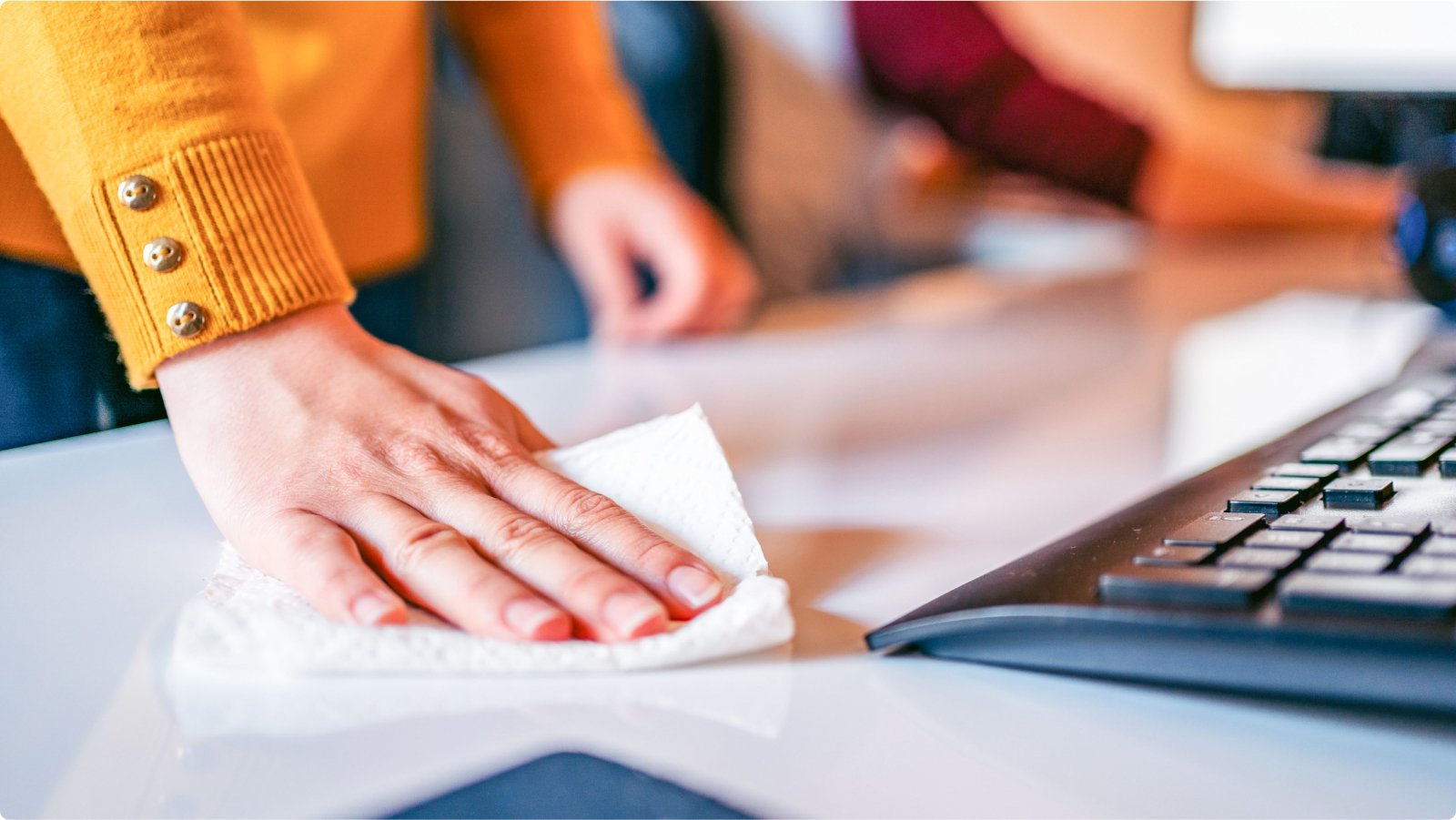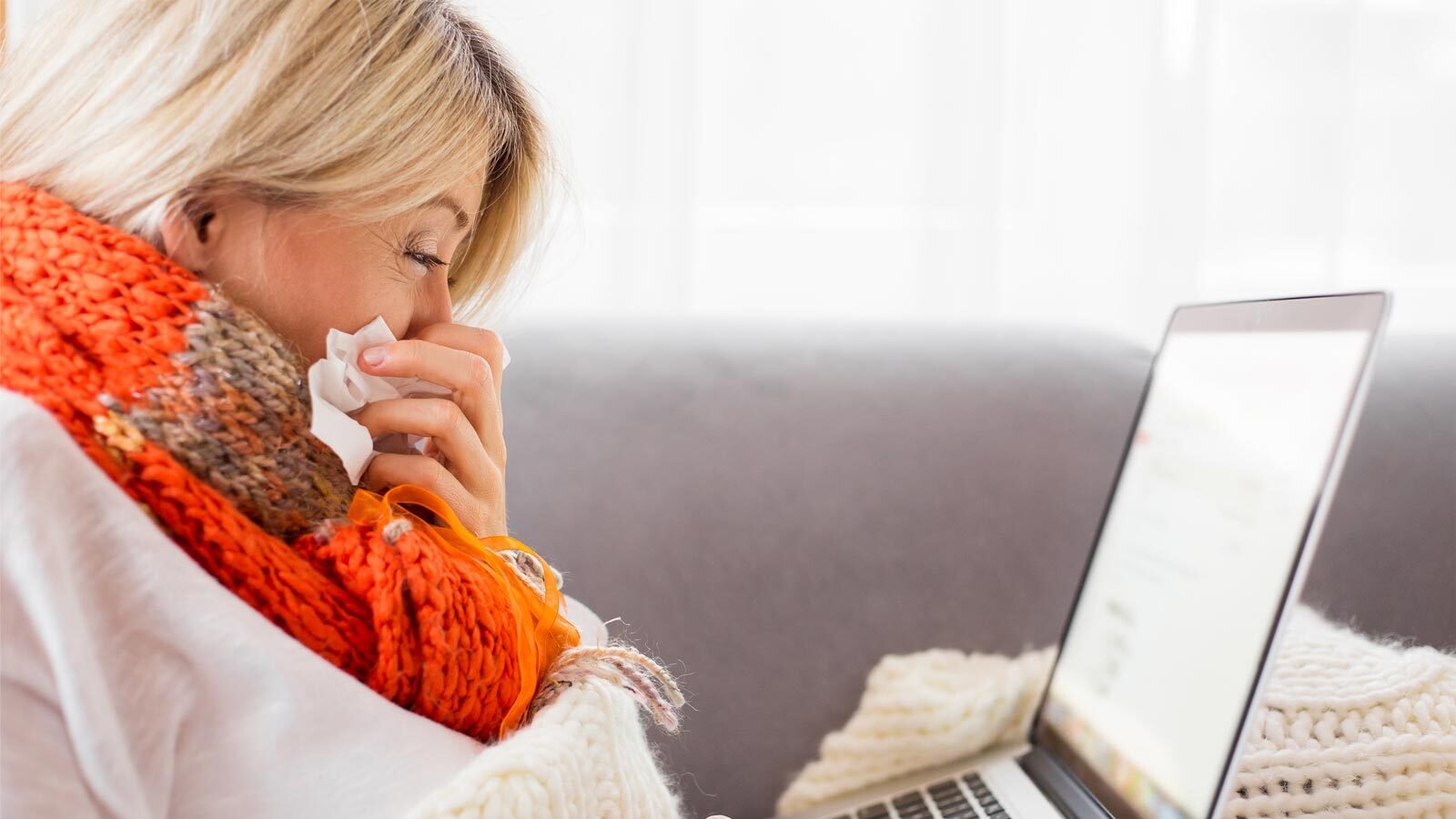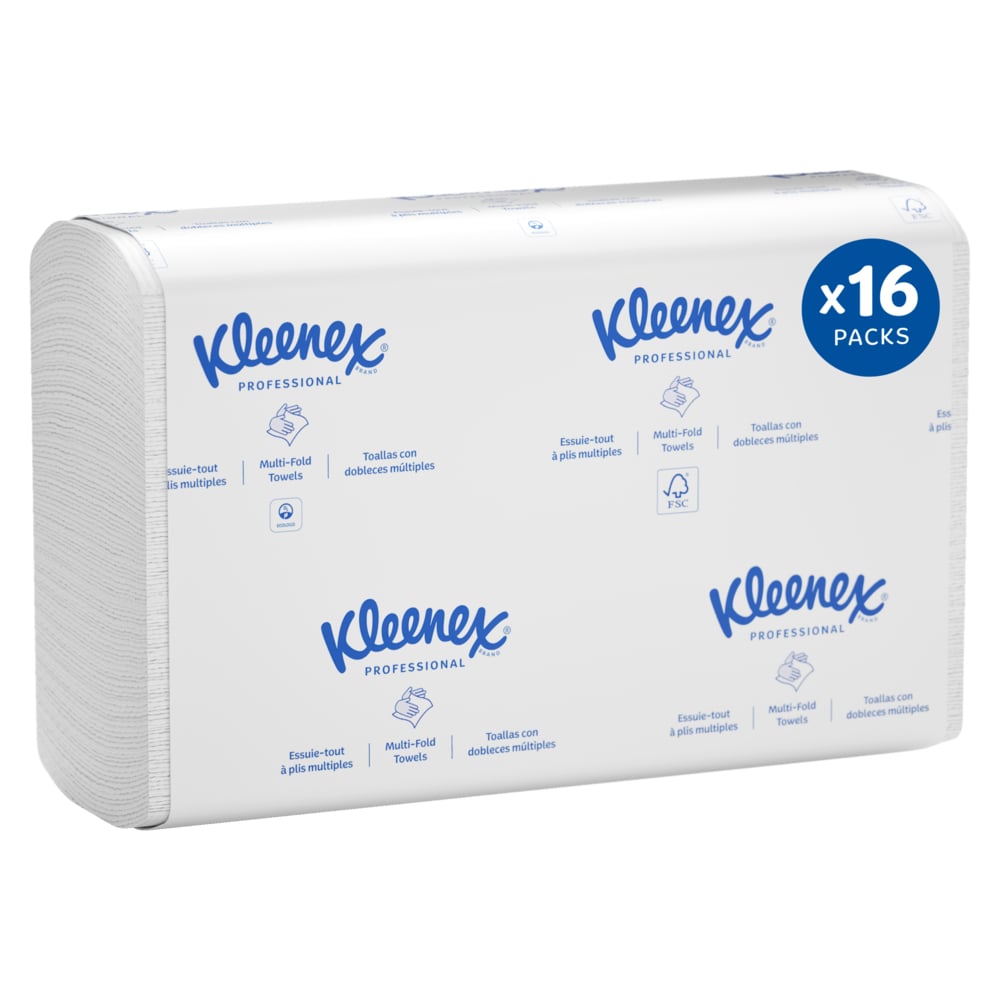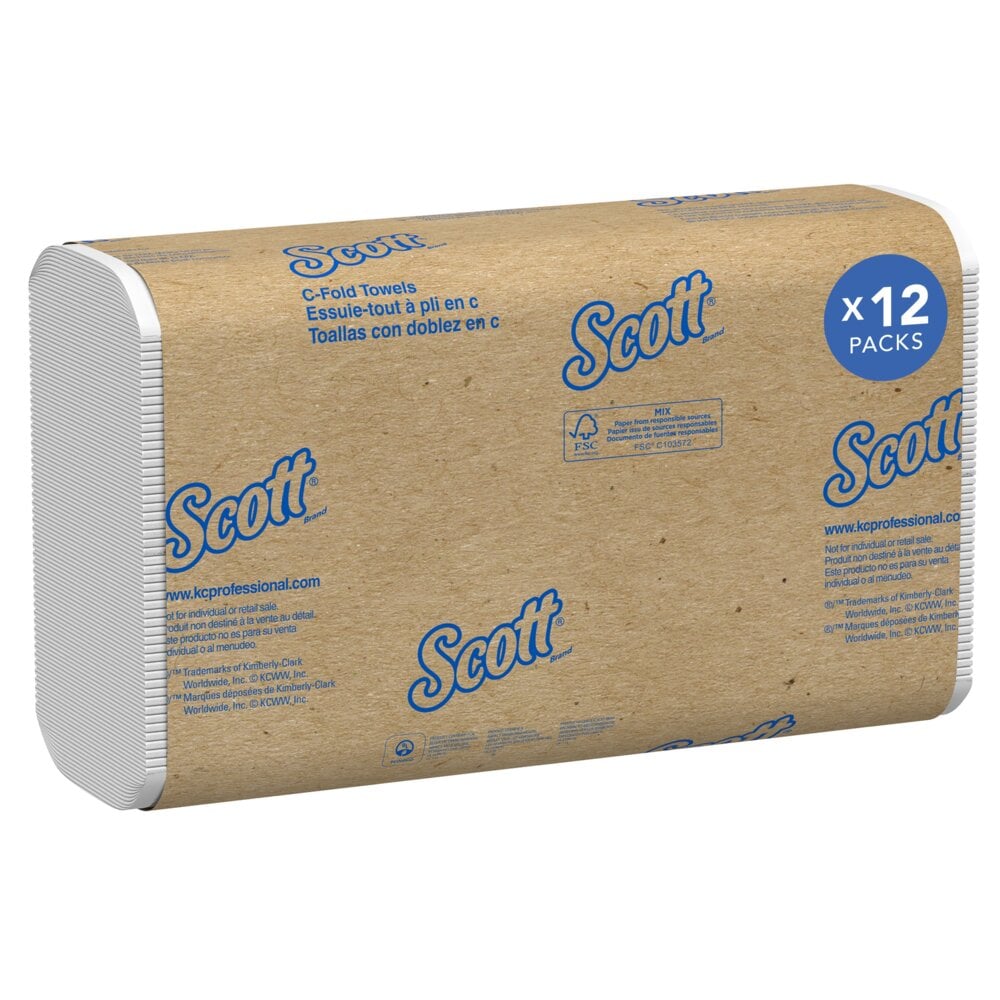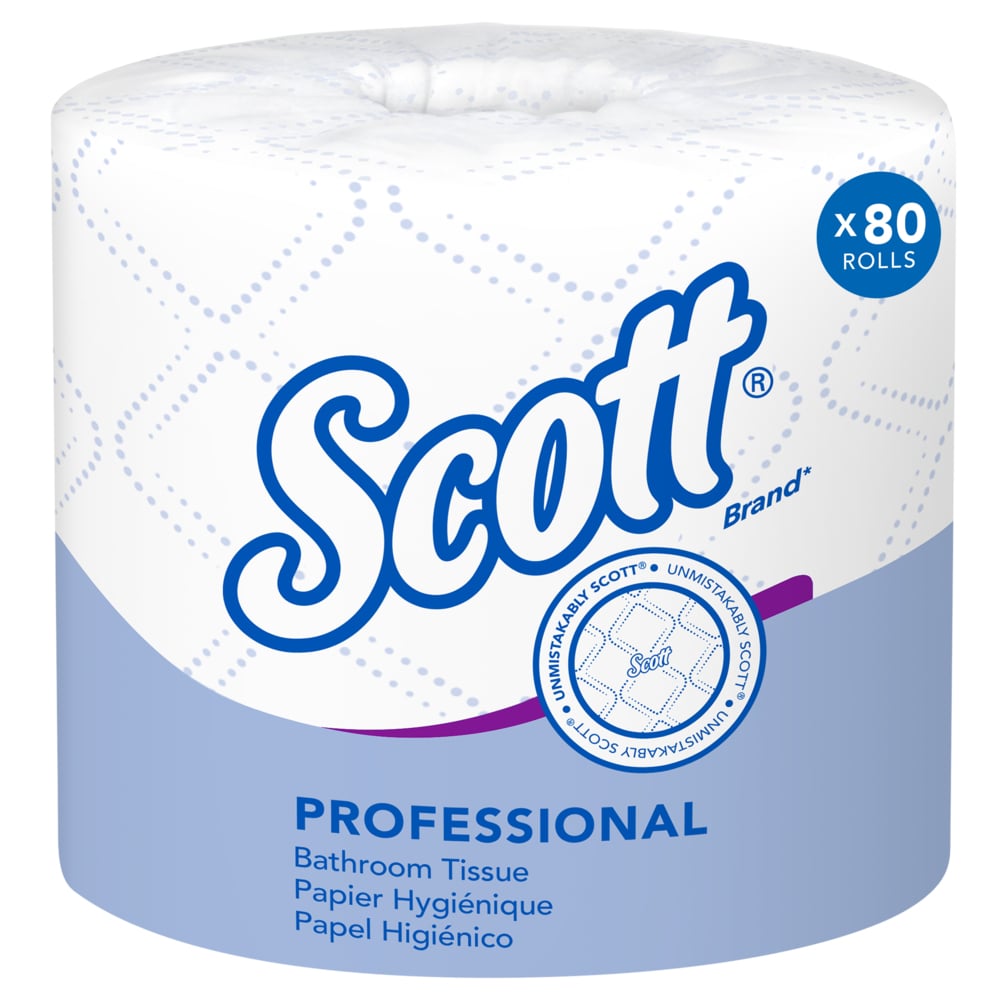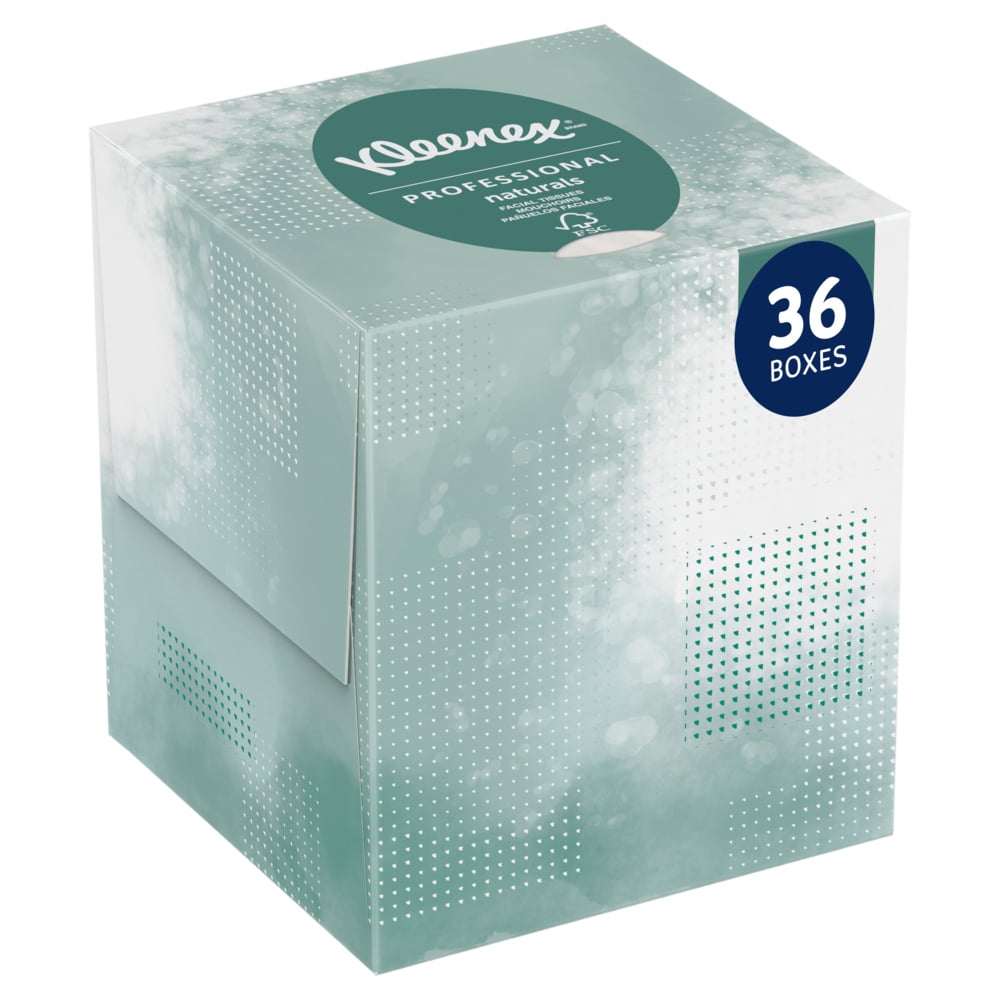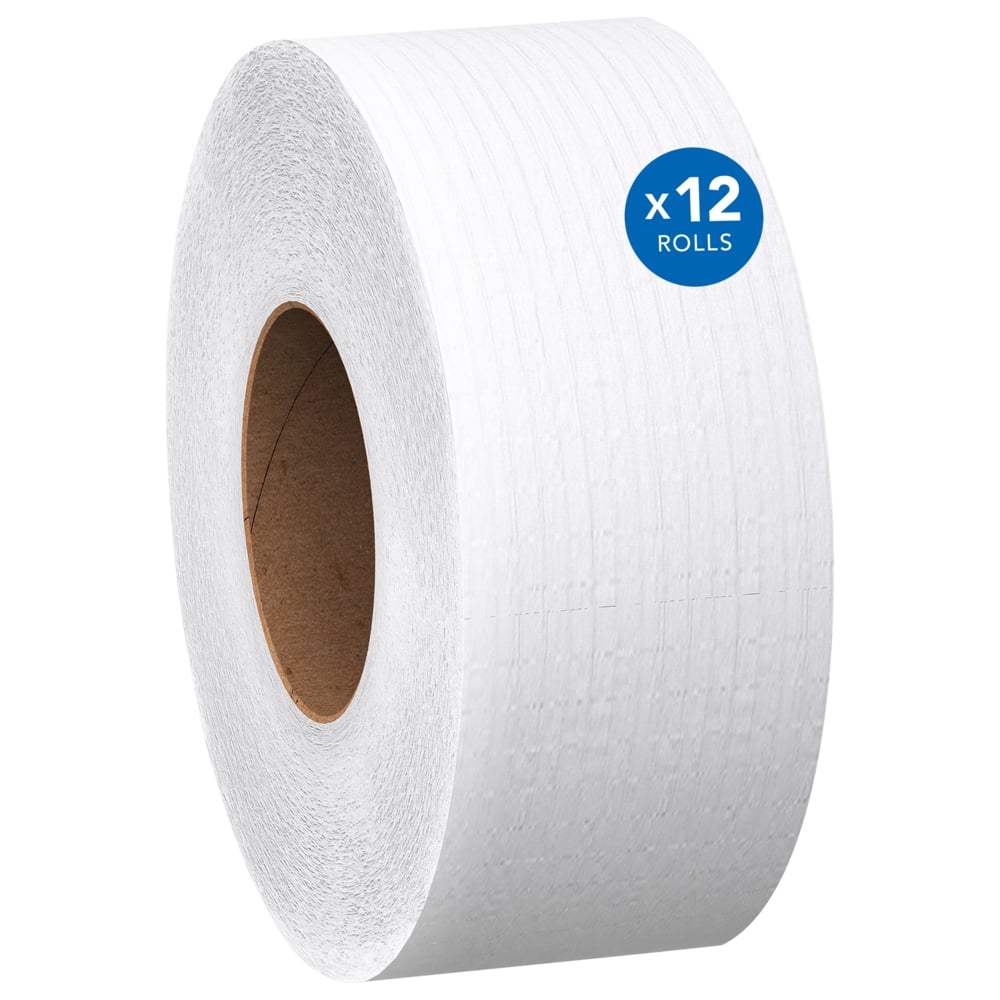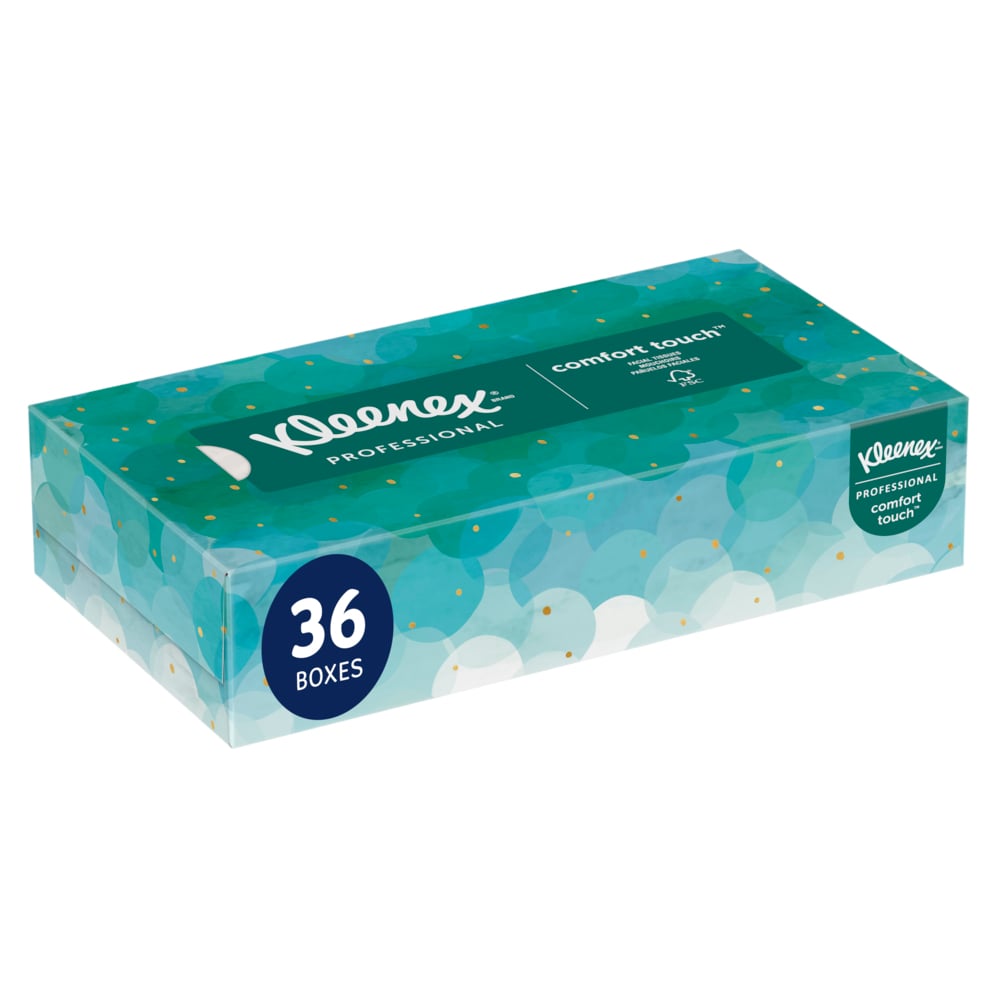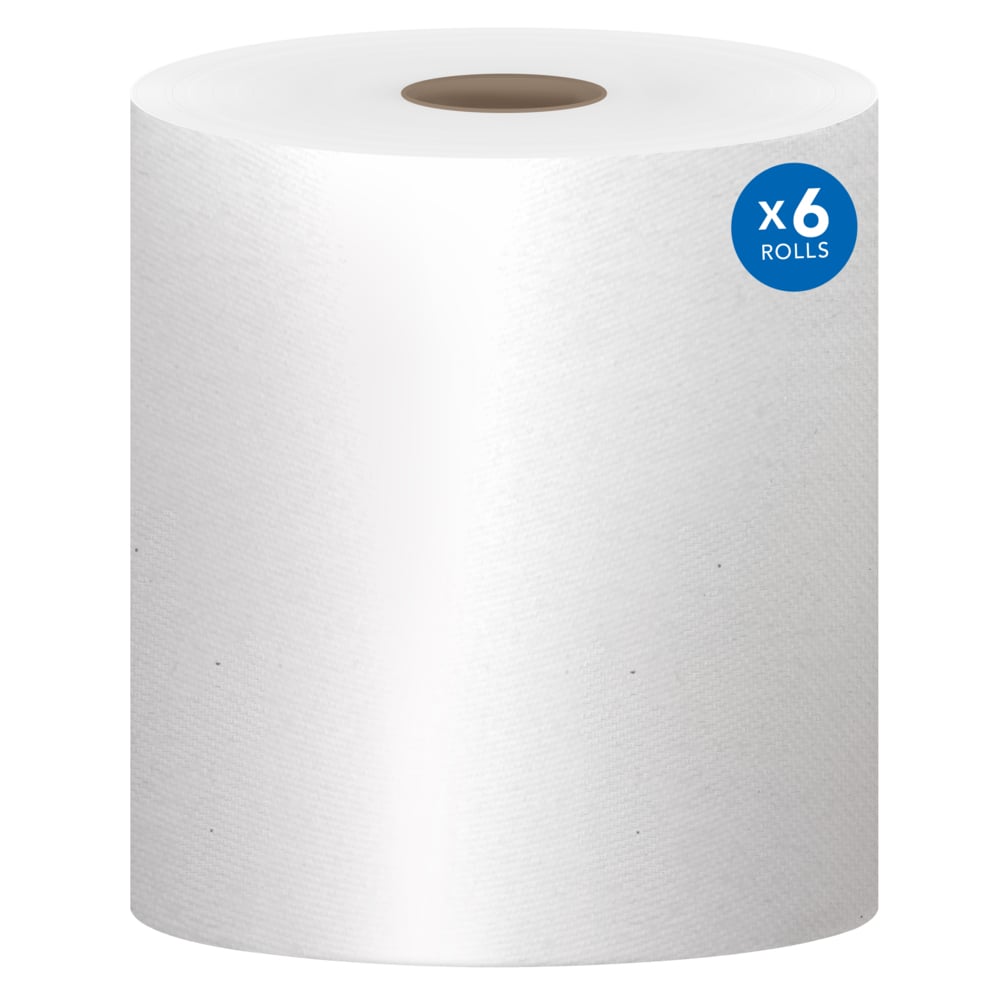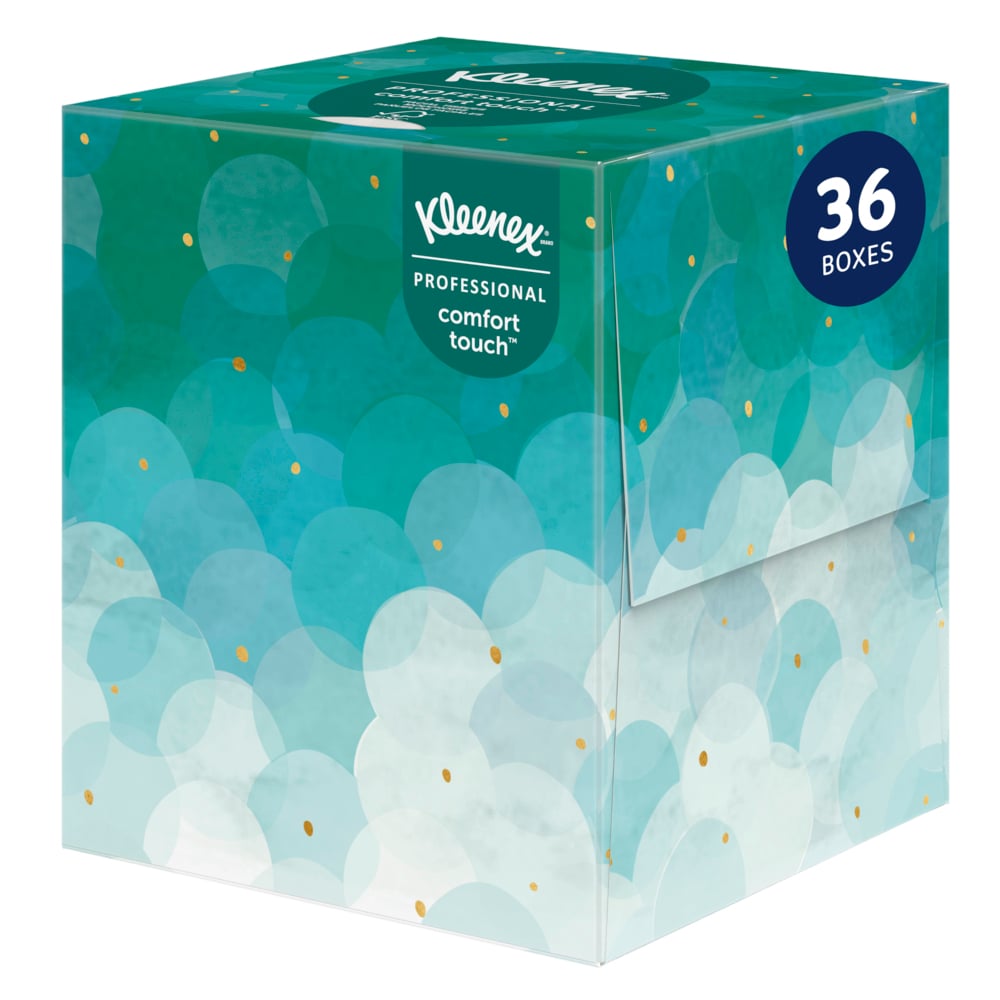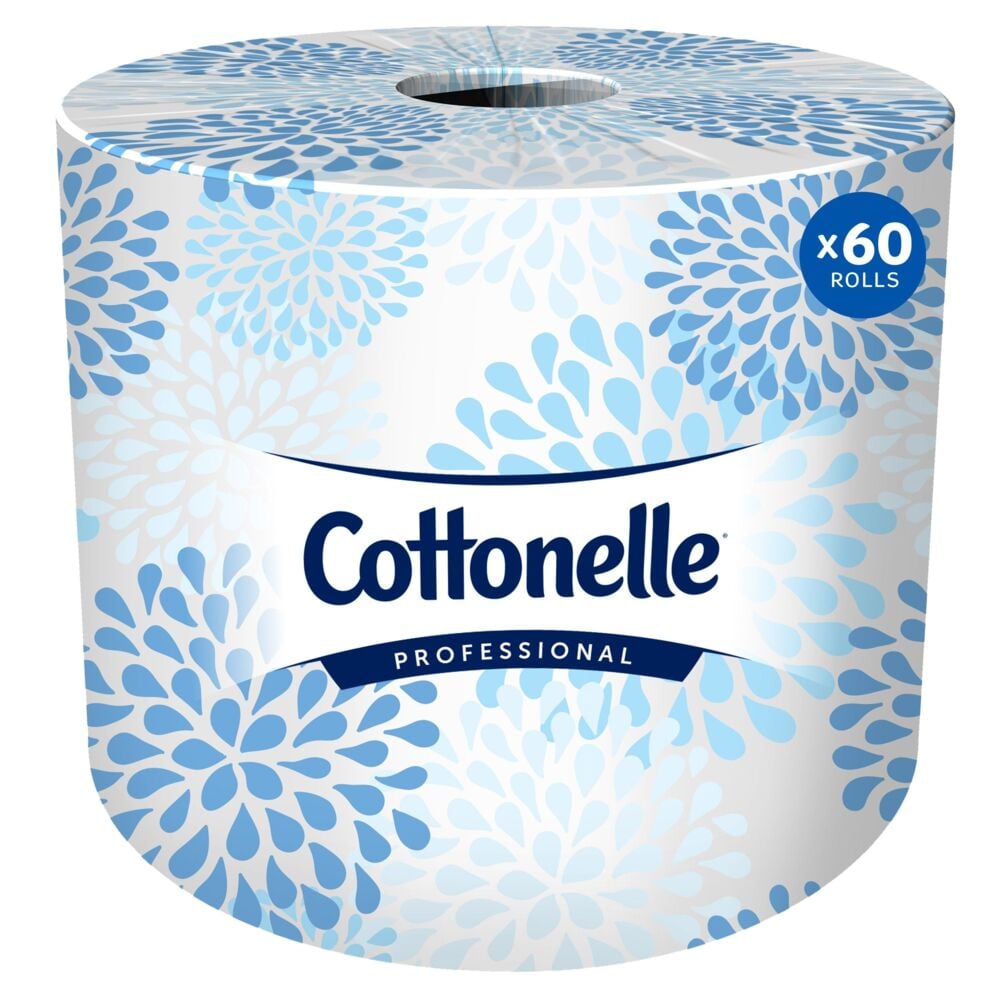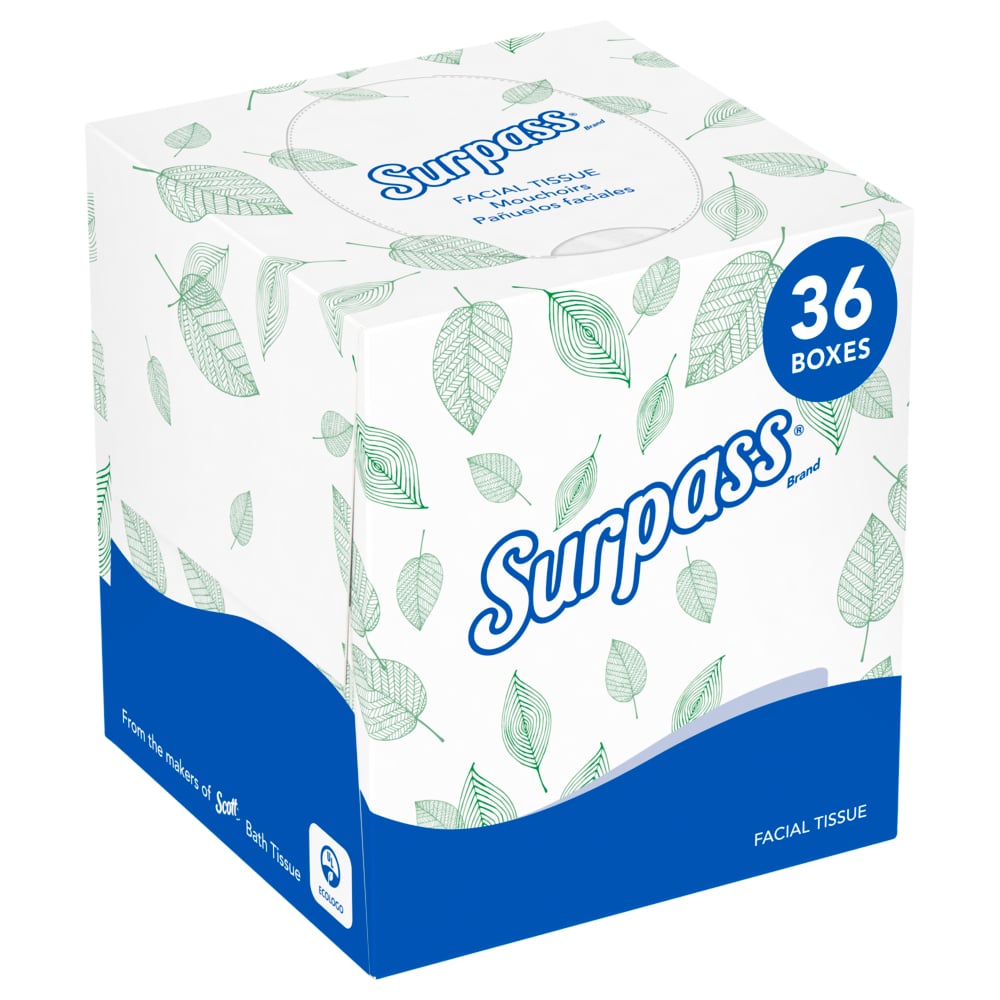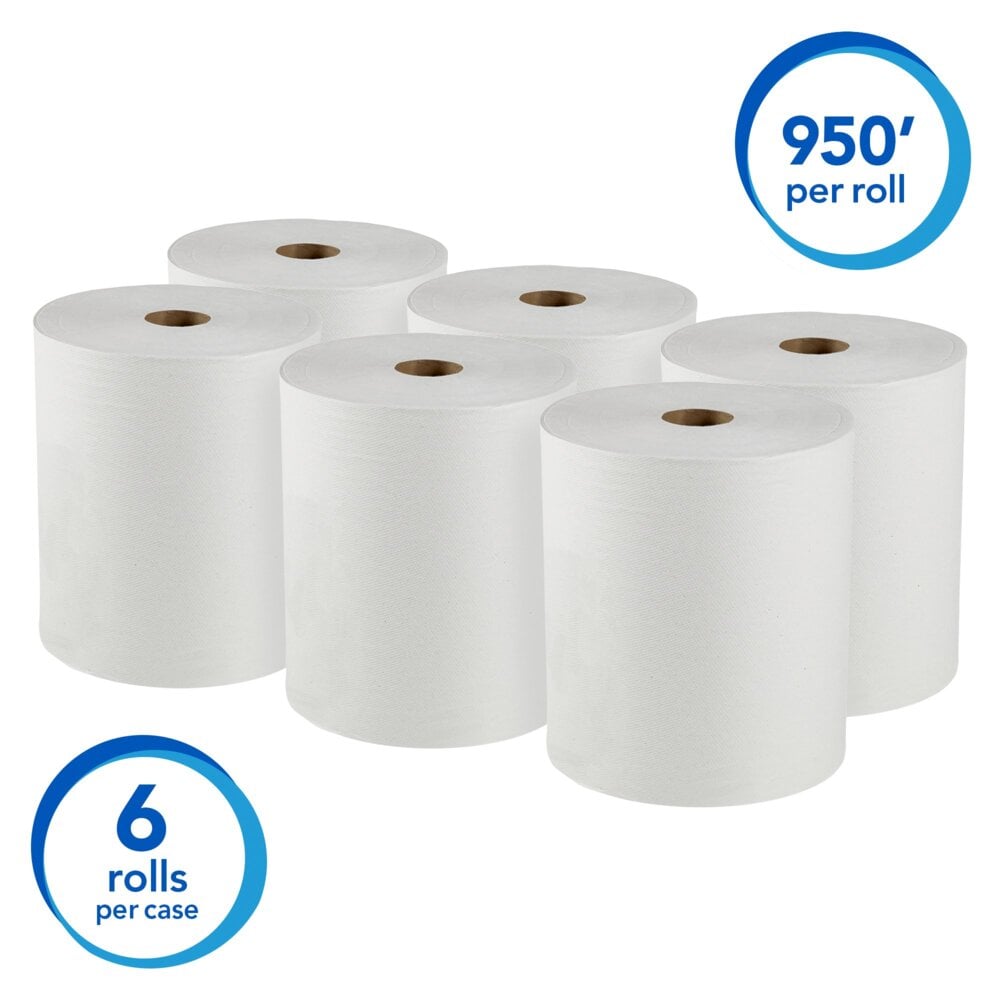Last Updated JULY 2024
How to Prepare Your Facility for Cold and Flu Season: Essential Hygiene Practices
Discover how proactive hygiene strategies can safeguard your facility during cold and flu season. Learn essential tips for maintaining cleanliness, boosting employee health and enhancing your facility's reputation
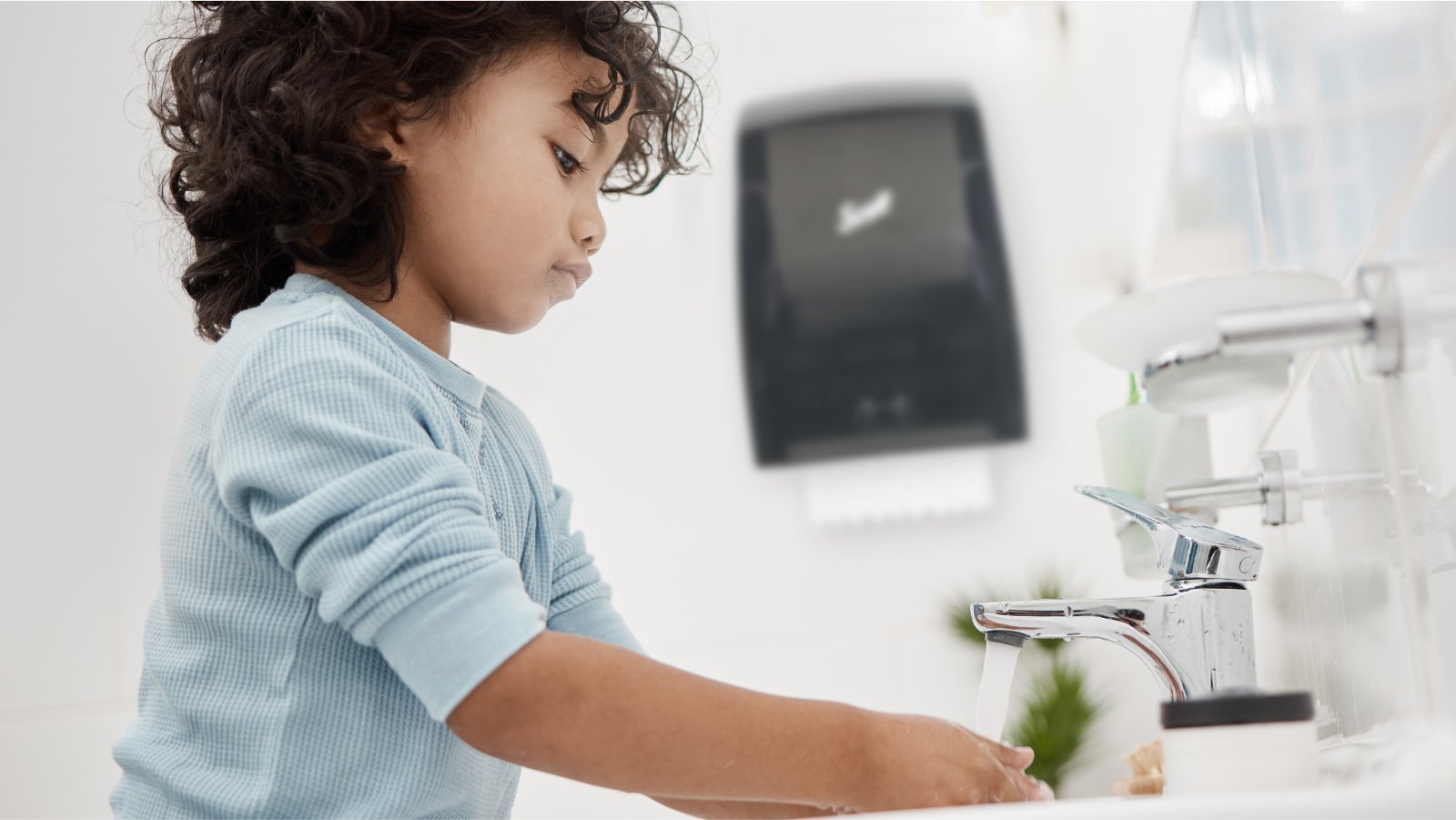
Every year, the cold and flu season poses a significant challenge for various facilities and workplaces. These viruses can severely impact productivity, increase healthcare costs and affect the well-being of employees and visitors.
The good news? With proactive hygiene strategies, you can mitigate these impacts and maintain a healthier environment.
Restrooms deserve special attention in the fight against germs as they are among the top three sources of patron complaints and one of the most frequently used areas of any facility. Despite this, restrooms often lack the regular oversight given to lobbies or other common spaces.
An unhygienic restroom can significantly damage the overall impression of a facility, with 89% of people stating that the condition of a workplace restroom is an indicator of how a company values its workforce.1
In this article, we'll explore the benefits of proactive hygiene approaches, delve into the science of virus transmission and provide actionable tips to help you prepare your facility for the cold and flu season.
89% of people stating that the condition of a workplace restroom is an indicator of how a company values its workforce.1
The Science Behind Cold and Flu Transmission
Understanding how cold and flu viruses spread is crucial to developing effective prevention strategies. These viruses can spread through both respiratory droplets and contaminated surfaces, making good surface hygiene an essential weapon in the fight against these illnesses.
Exposure to cold or flu germs can happen year-round, but typically begins in October and peaks between December and February.
Modes of Transmission
Cold and flu viruses primarily spread through two main pathways:
- Respiratory Droplets: When infected people cough, sneeze or talk, respiratory droplets containing the virus can enter nearby mouths, noses or lungs, making close contact the primary mode of spread.
- Contaminated Surfaces: Viruses can spread via contaminated surfaces where they remain infectious for hours to days, depending on factors like virus type, environmental conditions, indoor settings and surface materials.
Contagious Period
People with the flu can spread the virus starting a day before symptoms appear and continue for up to five to seven
days afterward, with peak contagiousness typically within the first three days of illness. However, groups with
weakened immune systems may remain contagious for longer.2
Effective surface hygiene practices and reducing close contact play crucial roles in preventing the spread of cold and flu viruses.
The Business Impact of Cold and Flu Season
The impact of the cold and flu season extends far beyond economic costs, encompassing significant implications such as productivity losses, increased healthcare expenses and higher absenteeism rates.
The flu alone costs U.S. employers and businesses approximately $11.2 billion annually in direct and indirect costs.3
Beyond financial considerations, the well-being and morale of employees can suffer when illness spreads within the workplace, affecting workload distribution and project momentum. A healthy workforce not only boosts productivity but also fosters higher levels of engagement and satisfaction.
Optimizing Hygiene Practices for Peak Performance
In today’s hygiene-conscious world, maintaining a proactive and comprehensive approach to surface cleaning is crucial. The tools you choose play a critical role in ensuring a hygienic environment, particularly single-use, disposable wiping products that help minimize the risk of cross-contamination.
While maintaining year-round cleanliness lays the foundation for a healthy facility, it becomes especially critical during cold and flu season.
Here are some recommendations to stay ahead:
Encourage Proper Handwashing
Implement educational campaigns and signage to promote effective handwashing practices. Emphasize the importance of washing hands with soap and water for at least 20 seconds, especially after using the restroom and before eating or preparing food.4
Properly Clean and Sanitize Commonly Touched Surfaces
Regularly clean and sanitize frequently touched surfaces such as door handles, light switches and shared equipment using products like WypAll® GeneralClean™ L10 Light Cleaning Towels or WypAll® CriticalClean™ WetTask™ Wipers designed for bleach, disinfectants and sanitizers to ensure thorough cleanliness and hygiene.
Pay Special Attention to Restrooms
Implement a needs-based cleaning schedule for restrooms and install touchless paper towel dispensers to minimize germ transmission. Ensure adequate stocking of essential hygiene products like hand soap, paper towels and hand sanitizers to promote proper hygiene practices.
Surveys have found that well-known brands like WypAll® or Scott® can significantly impact people’s perceptions of cleanliness and hygiene, with 84% of respondents stating that familiar brands signal a clean environment.5
Provide Hygiene Products Throughout the Facility
Strategically place hand sanitizing stations, tissues and disinfecting wipes in key areas to encourage regular use. Easy access in common areas, meeting rooms and high-traffic zones facilitates frequent disinfection and helps support janitorial efforts.
Implement Clear Sick Policies
Clearly communicate policies encouraging sick employees and students to stay home to prevent illness spread. Stress the importance of staying home until symptoms subside and ensure flexible sick leave policies to accommodate health needs.
Use Correct Cleaning Products
Choose appropriate cleaning products labeled for effective sanitation or disinfection against flu viruses. Understand the distinctions between cleaning, sanitizing, and disinfecting and use products according to their intended purpose for optimal effectiveness.
Increase Indoor Air Circulation
Improve indoor air quality by increasing ventilation through natural means such as opening windows and doors where possible. Utilize fans or air circulation systems to enhance airflow, which can help reduce the concentration of airborne germs.
84% of respondents stating that familiar brands signal a clean environment.5
Data-Informed Cleaning Strategies
In our data-driven world, even restroom maintenance can benefit from analytics to significantly enhance cleaning practices. Smart restroom technology, such as Onvation®, provides real-time data on restroom usage, helping facility managers optimize cleaning schedules and maintain adequate supplies.
These innovations offer insights into foot traffic patterns, peak usage times and dispenser refill requirements, enabling more precise and efficient cleaning efforts.
A staggering 95% of employees in large office buildings emphasize the importance of touchless systems for boosting confidence in restroom cleanliness and hygiene.5
Continuously monitoring and adjusting strategies based on data insights ensures issues are promptly addressed, enhances decision-making during procurement and helps to reduce product waste.
Long-Term Benefits of Proactive Hygiene Management
Proactive hygiene is crucial not only as a defense against the cold and flu season but also for its significant long-term benefits. By promoting employee health and productivity in a clean environment, it establishes high hygiene standards that enhance facility reputation and boost morale and satisfaction among visitors and employees.
These measures not only protect against seasonal illnesses like colds and flu but also equip facilities to manage future outbreaks effectively. Embracing proactive hygiene ensures a healthier, more productive and positively perceived environment overall.
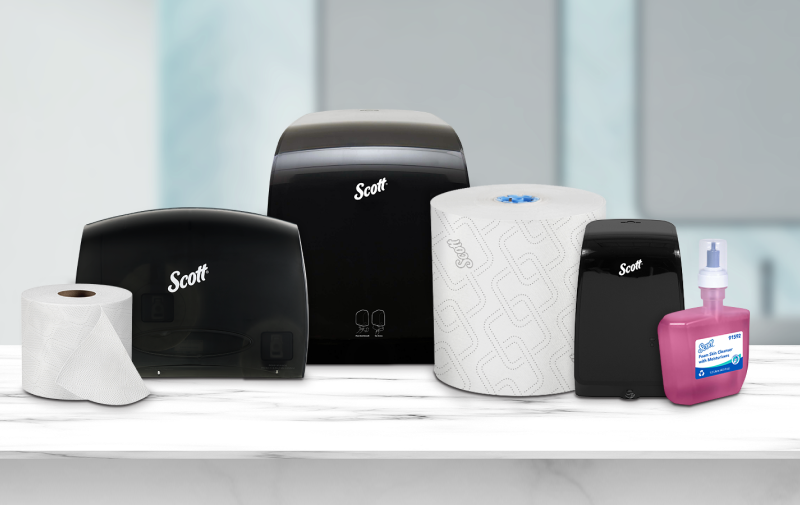
Upgrade Your Facility’s Hygiene
Strengthen your facility against cold and flu season with tailored restroom solutions. Explore how you can enhance cleanliness and support proactive hygiene practices year-round.
2How flu spreads. (2024, March 22). Centers for Disease Control and Prevention. https://www.cdc.gov/flu/about/disease/spread.htm#:~:text=Flu%20viruses%20can%20be%20detected,3%20days%20of%20their%20illness.
3Dalton, M. (2024, June 7). Flu (Influenza). NFID. https://www.nfid.org/infectious-disease/flu/
4About handwashing. (2024, February 16). Clean Hands. https://www.cdc.gov/clean-hands/about/index.html
5Kimberly-Clark ProfessionalTM survey results. The survey consisted of 512 consumers, aged 18 and older in North America and was conducted from May 28-30, 2020.










